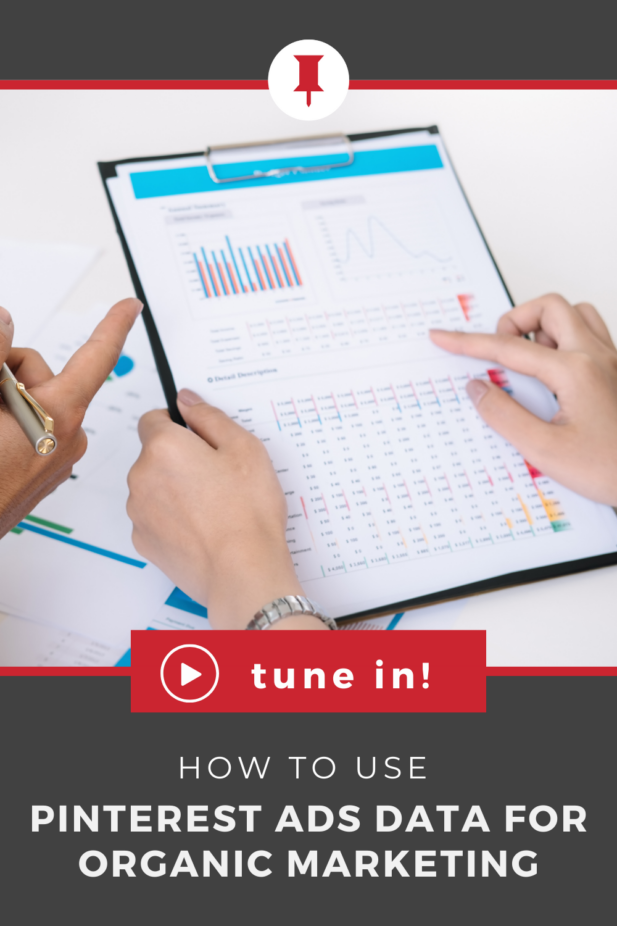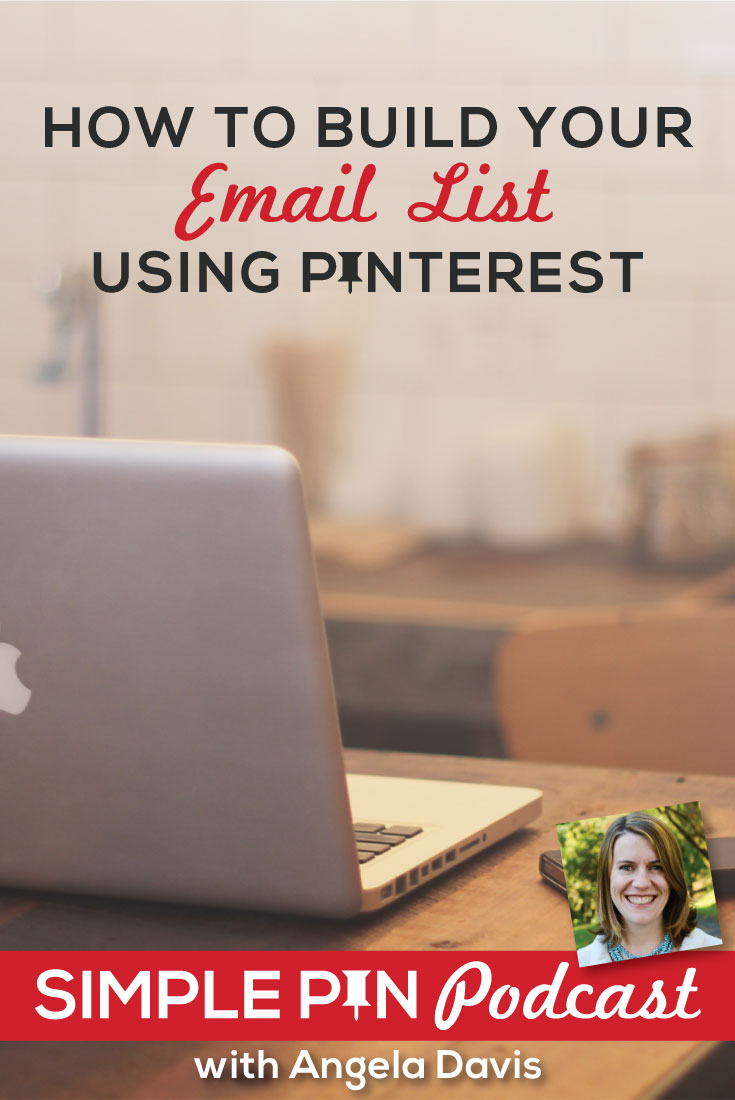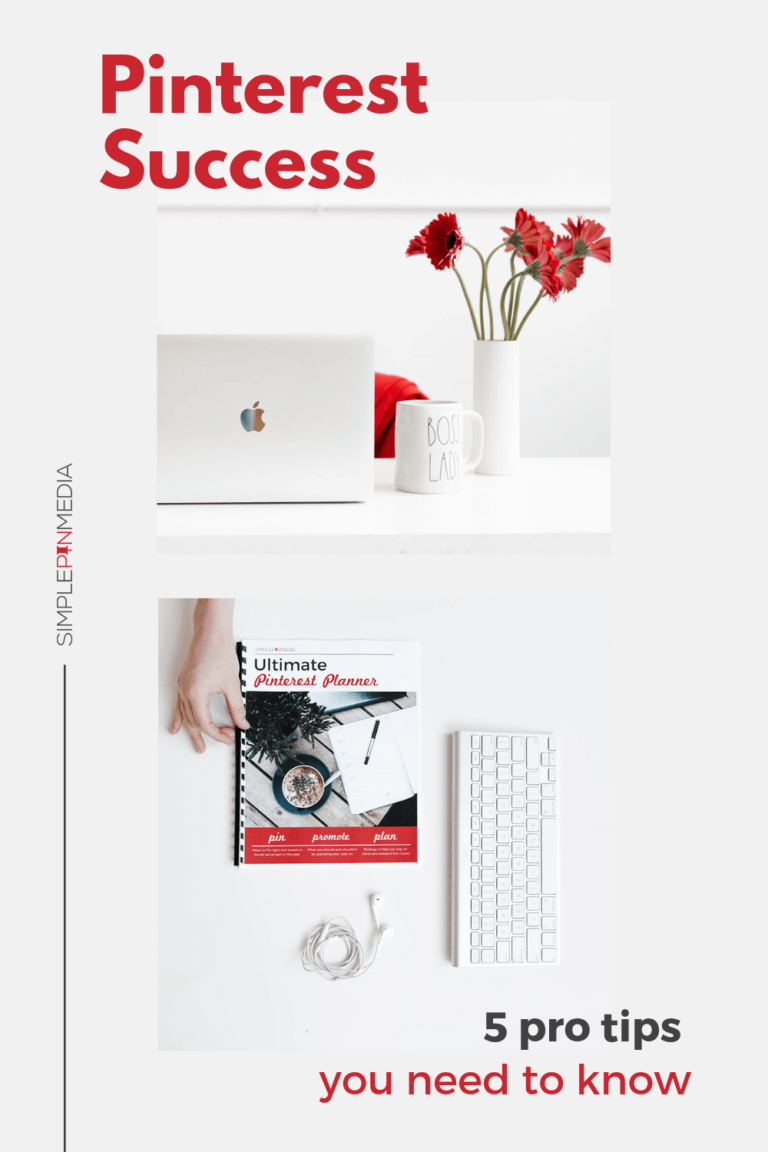In this episode, Erin Harding, our Pinterest Ads Director at Simple Pin Media, shares how to use data you gather from your PAID Pinterest ads strategy in your organic strategy (read: not paid). Also included are some target audience examples from actual clients!
Where do these target audience examples come from? Erin has managed and consulted on hundreds of campaigns for clients and ads students in the Simple Pin Ads Society.
Data tells the story and removes the emotion from our decisions. Guessing is easy enough, and often FEELS right, but it’s important to follow what the actual numbers tell us. Especially when we are spending our hard-earned dollars.
One of the questions Erin hears all the time is how to apply what you learn from your organic strategy to your ads strategy. And while she says this is a great question, she wants us to flip it.
“How can you apply what you’ve learned from your paid ads strategy to your organic strategy?”
When you run ad campaigns on Pinterest, you have a lot more information about who your audience actually is. Like where they’re coming from, their gender, their age range, were they on mobile or desktop when they bought?
All of this data is extremely helpful, not only to continue paid advertising on Pinterest, but also in future organic strategies as well.
RELATED: Do Pinterest Ads Work? (podcast/blog post)

target audience examples
In this podcast episode, Erin shares a few ways they help their clients use the data from their ads campaigns, to get the most out of their marketing efforts on Pinterest.
CLIENT 1 – hardware seller
This client sells hardware, and Erin and her team are running a 2-campaign strategy to start. As conversions (ie purchases), started rolling in, they looked to see WHO was converting. And then they were able to slowly shift their efforts towards targeting more buyers.
The best part? This data will definitely help with their organic marketing strategy as well!
The majority of checkout conversions were the following:
- 24-34 years old
- Female
- Lived in or around Philadelphia
- Purchased on desktop versus mobile
- Were attracted to darker-style ads – Moody, poppy, and modern
The majority of people who added the products to their cart were:
- 35-54 years old
- Female
- Primarily on an iPhone
RELATED: Audience Insights for Pinterest Ads (YouTube video)
SO WHAT DOES THIS TELL US?
Younger females are buying faster and with more intention. Because they’re on desktop, they are most likely in active searching and planning mode. They may have Pinterest up in one tab, and their spreadsheets open in another.
They’re drawn to our modern, moody ads, and can picture those beautiful brass pulls in their new kitchen.
Older females – up to 54 – like what they see and are adding to cart, but they aren’t quite sure and can’t make the final decision just yet. They are also most likely browsing on mobile and happen to see our ad while scrolling versus actively searching.
Erin and her ads team then take this data and give the audience what they want! They cater to the buyers organically. And while they could just take the ads that are converting and pin them organically, they also design new Pins in a way that caters to the right people.
New Pins are focused on millennial design; they speak their language, use modern/rustic style photography and elements, and add in moody vibes with navy and dark gray colors.
Overall, page visits are up 34%. Add-to-carts are up 5%. Checkouts are up 16% and the number of purchasers are up 20%.

CLIENT 2 – meal prep and planning
This client is in the meal planning space and ran a series of campaigns to their meal planning products and offers.
They had always used the language “meal planning” to advertise their products. During the campaign build process, they found that “meal prep” or “meal prep ideas” trended higher, so they tested those keywords against each other on copy and title/description.
The client was shocked to learn that “meal prep” way outperformed “meal planning” when it came to keywords that converted. Needless to say, they don’t pin a single organic Pin anymore without “meal prep” in the description anymore.
So not only can you take key metrics from your ads campaigns over into your organic strategy, you will also get a better overall picture of your audience and what they want from you. This way you can continue to create the product and the content that they need and want!
And sell or convert more, in turn growing your business. Win win!
We’d love to hear from you! Do you have any questions or need clarification on anything? Have you learned any interesting data from either your ads or organic strategy? Leave a comment on this blog post or send us a DM on Instagram.
Additional Resources Covered in Podcast:
- Review Pinterest Analytics (pinterest.com)
Simple Pin Products and Resources:
- Simple Pin Media Pinterest Ads Management Services
- Simple Pin Ads Society
- Pinterest Ads Pin Templates (Simple Pin Shop)
- How To Prepare for Pinterest Ads (YouTube video)
- Pinterest Ads Cost Best Practices (podcast/blog post)
- Types of Pinterest Ads: Consideration vs. Conversion (podcast/blog post)








